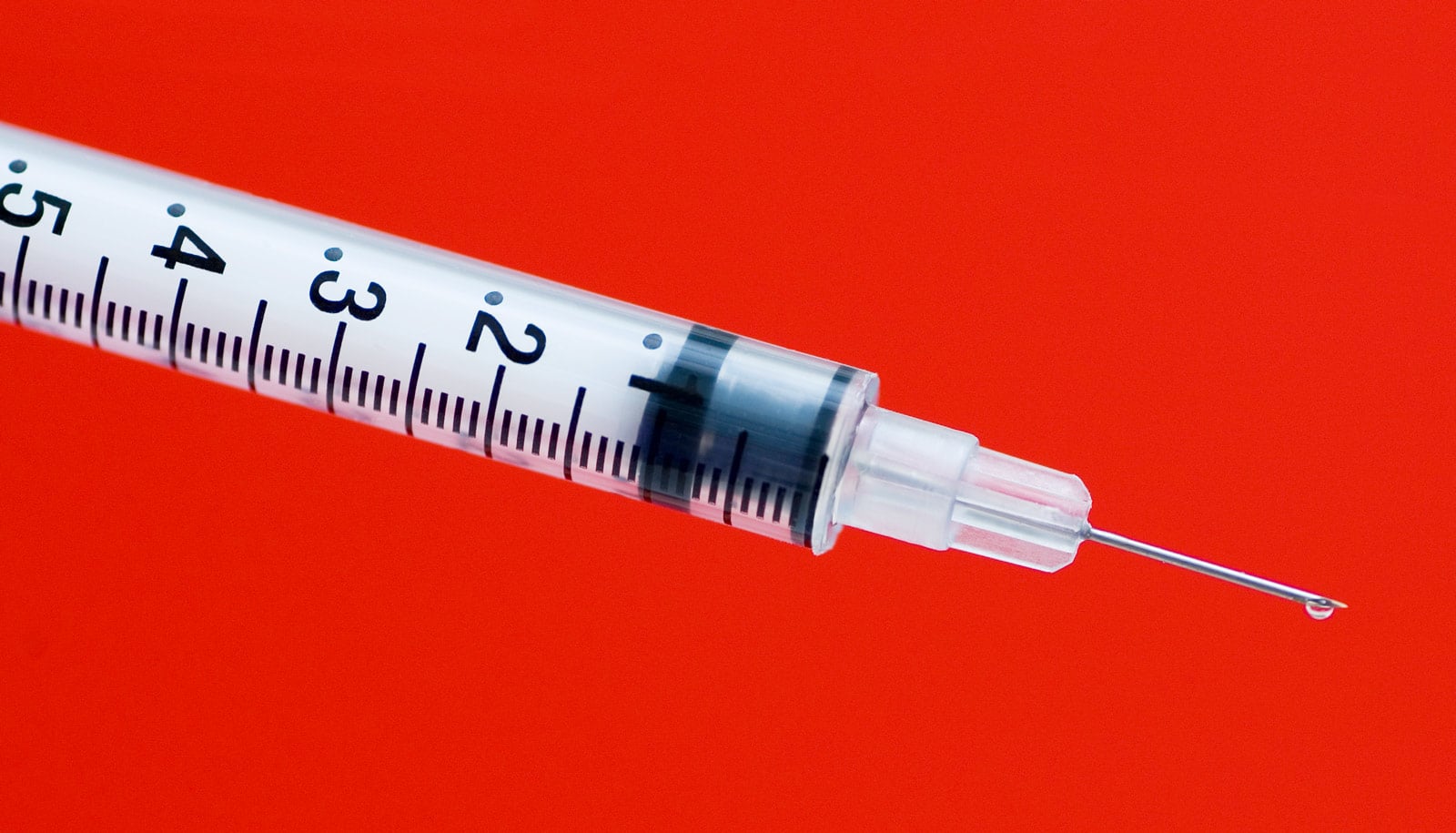One dose of the human papillomavirus, or HPV, vaccine works just as well as the recommended two or three doses for preventing cervical pre-cancer, a new study indicates.
Researchers compared cervical screening outcomes for a quarter of a million Australian women eligible for vaccination under the national program.
The findings show that for women vaccinated at a young age, when most were not exposed to HPV, even one dose of the vaccine lowered the chance of having a pre-cancerous lesion detected at cervical screening.
The data adds to other evidence starting to emerge that one dose of HPV vaccine may eventually prove to be sufficient for protection, says Julia Brotherton, associate professor at the University of Melbourne and lead author of the paper in Papillomavirus Research.
“If one dose vaccination proves to be enough, it will really simplify our ability to protect more people against these cancer-causing viruses,” Brotherton says.
“That could make a huge difference, especially in less well-resourced countries that currently have high rates of cervical cancer but can’t currently afford vaccination or screening.”
However, until scientists complete formal trials and change recommendations, young people should complete the two-dose vaccination course currently in place for best protection, she says. “The HPV vaccine has proven itself to be both very safe and remarkably effective.”
Vaccination is a key part of the World Health Organization’s recent call to work towards the elimination of cervical cancer as a public health problem, together with HPV-based screening, facilities for early diagnosis and treatment, and palliative care.
As in Australia, most countries are only now beginning to be able to assess the vaccine’s impact on screening outcomes from the vaccination of girls at the routine target age rather than in young women already sexually active prior to vaccination.
A team of researchers from the VCS Foundation, the Australian Institute of Health and Welfare, and cervical screening program managers from the ACT, NT, Tasmania, Victoria and Western Australia analyzed the findings.
Source: University of Melbourne


